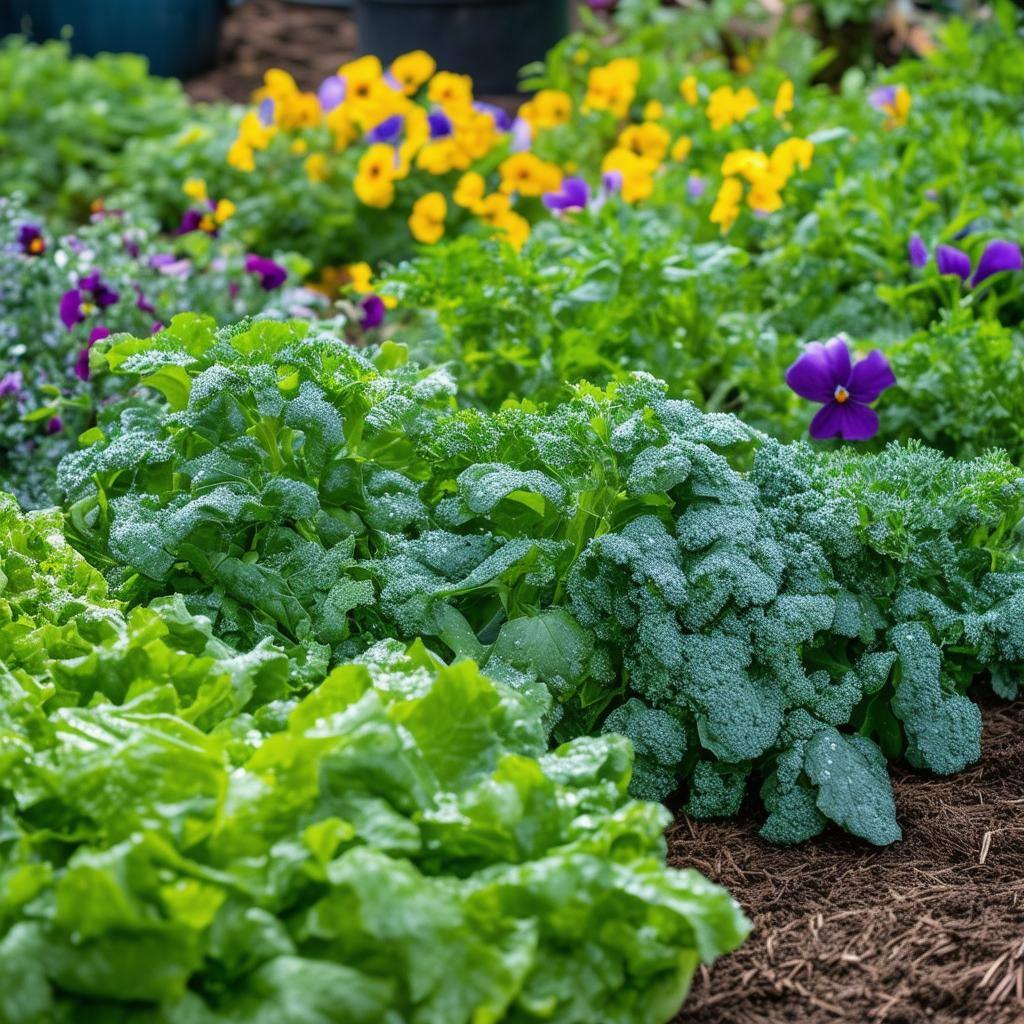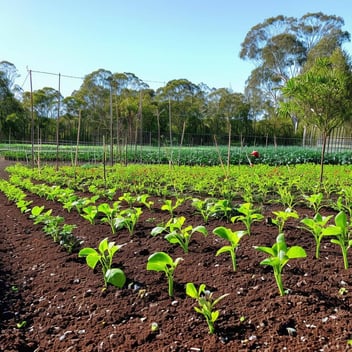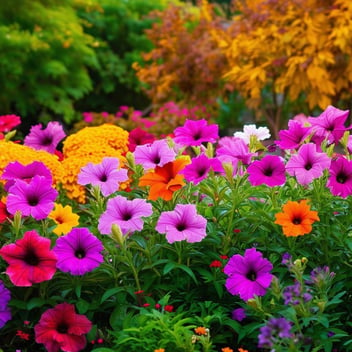Autumn Planting: Seedlings to Get Your Garden Ready for Cooler Weather
-
Introduction
Embracing the Transition to Cooler Seasons
As the sweltering days of summer wane, the advent of autumn brings a refreshing change to South East Queensland (SEQ). This transitional period offers gardeners a prime opportunity to prepare their plots for the cooler months ahead. By selecting and planting appropriate seedlings, one can ensure a bountiful and vibrant garden that thrives through autumn and into winter.
-
Understanding SEQ's Autumn Climate
Characteristics of the Season
Autumn in SEQ is marked by milder temperatures and reduced humidity. Daytime temperatures typically range between 20°C to 30°C, while evenings become cooler, creating an ideal environment for many plant species to establish and flourish.
Implications for Plant Growth
The moderated climate reduces stress on young plants, allowing for robust root development. Additionally, the decreased prevalence of pests and diseases during this season further enhances the success rate of newly planted seedlings.
-
Selecting the Right Seedlings for Autumn Planting
Vegetables
-
Brassicas: Broccoli, cauliflower, and cabbage are well-suited for autumn planting. These crops prefer cooler temperatures and can withstand light frosts, making them ideal for SEQ's autumn and early winter.
-
Leafy Greens: Lettuce, spinach, and silverbeet thrive in the milder autumn climate, providing continuous harvests throughout the season.
Herbs
-
Coriander and Parsley: These herbs prefer cooler weather and can bolt quickly in the heat. Planting them in autumn ensures a prolonged harvesting period.
-
Chives and Dill: Both are hardy and can tolerate the cooler temperatures of late autumn, adding fresh flavors to seasonal dishes.
Flowers
-
Pansies and Violas: These vibrant blooms not only add color to the garden but are also edible, making them a dual-purpose addition.
-
Snapdragons and Sweet Peas: Both flourish in the cooler months, providing vertical interest and fragrance to garden beds.
-
-
Preparing Your Garden for Autumn Planting
Soil Preparation
Begin by removing any remnants of summer crops and weeds. Incorporate organic matter, such as compost or well-rotted manure, to enhance soil fertility and structure. This not only provides essential nutrients but also improves drainage and aeration.
Mulching
Applying a layer of mulch helps regulate soil temperature, retain moisture, and suppress weed growth. Organic mulches, like straw or sugar cane, gradually decompose, further enriching the soil.
-
Planting Techniques for Success
Timing
Plant seedlings in the early morning or late afternoon to reduce transplant shock. Overcast days are ideal, as reduced sunlight intensity minimizes stress on young plants.
Spacing
Ensure adequate spacing between plants to promote air circulation, reducing the risk of fungal diseases. Refer to specific plant guidelines for optimal spacing requirements.
-
Ongoing Care and Maintenance
Watering
Maintain consistent soil moisture, especially during establishment. However, avoid waterlogging, as excessive moisture can lead to root rot. Utilize drip irrigation or soaker hoses to deliver water directly to the root zone.
Fertilization
Side-dress plants with a balanced, slow-release fertilizer midway through the growing season to support continued growth and productivity.
-
Pest and Disease Management
Monitoring
Regularly inspect plants for signs of pests or diseases. Early detection allows for prompt intervention, minimizing potential damage.
Integrated Pest Management (IPM)
Employ a combination of cultural, biological, and mechanical control methods. Encourage beneficial insects, use physical barriers, and maintain garden hygiene to keep pest populations in check.
-
Benefits of Autumn Planting
Extended Harvests
By planting in autumn, gardeners can enjoy fresh produce and blooms well into the cooler months, bridging the gap between summer and spring harvests.
Reduced Watering Needs
The milder temperatures and increased rainfall typical of SEQ's autumn reduce the need for supplemental irrigation, conserving water resources.
-
Conclusion
Embracing autumn planting in South East Queensland not only maximizes the productivity of your garden but also ensures a seamless transition through the seasons. By selecting appropriate seedlings and employing diligent care practices, gardeners can cultivate a thriving oasis that withstands the challenges of cooler weather, providing beauty and bounty year-round.




